How to Become a Photojournalist (Tips to Start Your Career!)
What Is Photojournalism?
If you want to know how to become a photojournalist, first you need
to know what photojournalism means. A photojournalist tells news stories through images. Your job is to bring those stories to the people.
You’ll inform them on local or global events and it’s all about
delivering as quickly as possible. Photojournalism can be both
entertaining and informative.

What makes it different from other genres is that a photojournalist has
to capture reality as well as possible. It has to follow a set of ethical rules.
Being honest and impartial is key if you want to do the job.
History of Photojournalism
Back in the 70s, photojournalists were highly regarded by newspapers and magazines.
They were specialists in their field. Every media company or newspaper
had an army of staff photographers but those days are over.
The birth of the internet meant that editors stopped sending off
photographers. Instead, they used the internet to find someone who was
already in the place of the intended story.
Does that mean photojournalism is dead? No, but it takes a lot more hard work to make it a career today.
How to Become a Photojournalist
Before you start, it’s important to find out what genre of
photography you want to do. Photojournalism is not easy so you have to
be sure when you want to take the step.
Don’t be afraid to make mistakes to find out. It took me years to find
out what genre of photography I loved after I graduated from college as a
photographer.
I started with publicity and ended up doing documentary and travel journalism, which is what I love to do.
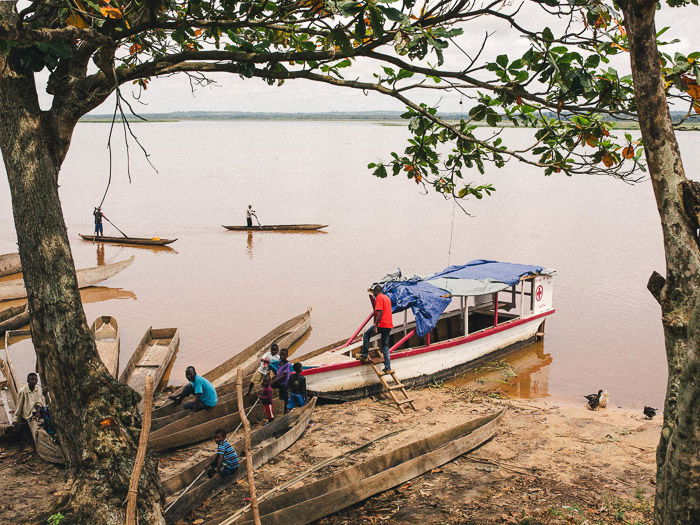
It’s very important to find out what path you want to take because
you have to focus. If you want to build a career as a photojournalist,
you have to specialize in the field.
A mistake many beginning photographers make is to do a little bit of
everything. That makes it very difficult to get better and, more
importantly, to get noticed.
If you want to become a photojournalist, you have to be a photojournalist before you even get your first job.
1. Build a Website to Get Your Work Noticed
Build a website
to start your photojournalism career. Your computer and internet will
be your office. Your website is how editors will find you.
Make it look good. Pick a clean design that makes your photos stand out.
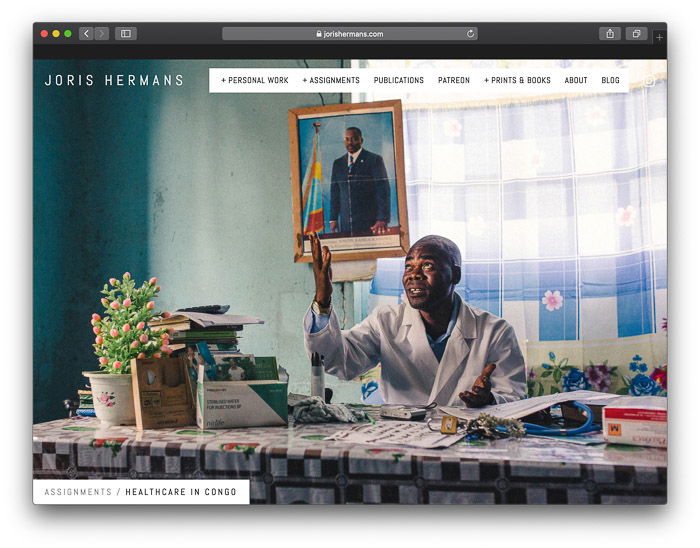
2. Only Showcase the Best of Your Photos on Your Website
Don’t upload dozens or hundreds of photos when you’re starting out.
Sometimes, I hear beginning photographers say they have hundreds of photos. They want to show all those images on their website. That’s a big mistake.
Editors are looking for the best photojournalists in a pool of
thousands. It’s important that you show then only your absolute top
shots or projects.
Show twenty of your best photos. That’s better than showing hundreds of good or mediocre photos. Quality over quantity.
3. Learn Other Skills to Stand Out When Applying for Photojournalism Jobs
Photography and photojournalism are very competitive these days. If you want to reel in those exciting photojournalism jobs, it’s not a bad idea to learn some other skills.

A lot of photojournalists write or shoot video too. Master another
skill and you’ll be much more appealing to editors or media companies.
They can hire one person to do several jobs. A photography career is more than taking photos.
4. How to Get Yourself Noticed
Once you have a great looking portfolio website, it’s time to take action. A mistake beginning photographers make is to sit and wait until they get noticed.
Your work might be excellent but if no one knows you exist, they won’t contact you.
Here are some important actions you should take if you want to become a photojournalist:
Make Your Own Photojournalism Stories
Don’t wait for editors or magazines to call you. Use every bit of
free time to look for your own stories. Get out there and take photos.
First, you’ll build a good portfolio.
You’ll get better at photography faster if you keep shooting. Even if
you don’t have an assignment, the best way to improve your photos is by
taking lots of them.
And second, you can pitch those stories to editors. They might decide to
publish the story and pay for it. At the same time, they get to know
you as someone who takes action.
At some point, I had a lot of free time and decided to make a story of
the street I lived on. It started out as something to keep busy.
Soon, it became one of my most important projects that won a photojournalism award.
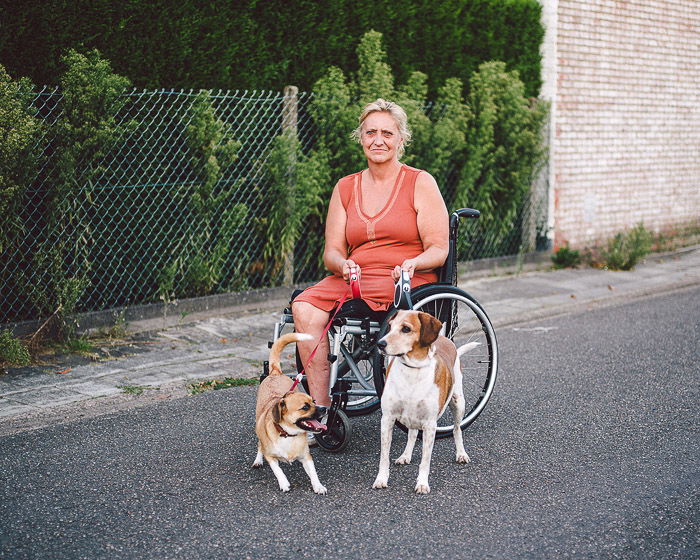
Great stories are everywhere. You don’t have to travel halfway around the world or spend a lot of money to find them.
Talk to People and Other Photojournalists
Talk to people about what you’re doing. In real life or on the internet. It will help you to get your name and work out there.
Use social media to connect with other photographers, magazines, and editors.
With so many photographers out there, it’s important that people find you and your work.
Use Criticism to Your Advantage
The internet is a great place to get feedback on your photojournalistic work. Use all comments and criticism to your advantage.
Look at the work of other photographers and listen to what they have to
say. Use everything you hear and see to make your photography better.
Pitch Your Work
Submit your work everywhere you can. Find websites, magazines or companies that might like your work and send it to them. It’s another way to get your name and work out there.
Awards are another great way to get exposure. Find photo contests that fit your work and enter your best photos.
Carefully selecting your photos for competitions also helps you to look
critically at your own work. That’s a very important skill for
photographers.
5. Photojournalism Is a Long Game – Don’t Give Up Early
And the most important thing: Don’t give up! It might take some time
to build up a great portfolio and get your name out there. A lot of
photographers give up too early.
Building a career as a photographer or photojournalist takes a lot of hard work.
If you want to find photojournalism jobs, it’s important to take as many
photos as you can to get better at it. And to give it time.
It won’t happen overnight, but if you keep these tips in mind, you’re one step closer.
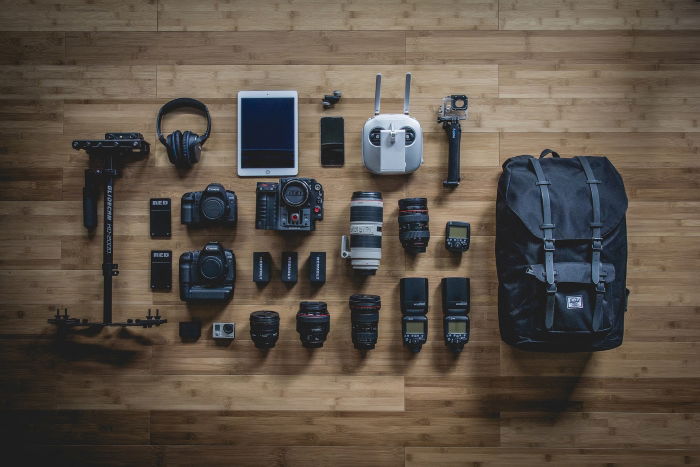
Photojournalism is definitely not an easy career. But learning how to
become a photojournalist is so rewarding. If you set your mind on it
and your photography is great, you’ll make it.
The internet has changed a lot for photojournalists so it’s important to
take advantage of it. Only the ones who are creative and persistent
will build a photojournalism career.
Try to stand out and don’t just wait for it to happen. Take action.
--------------------------------------------------------------------------------------
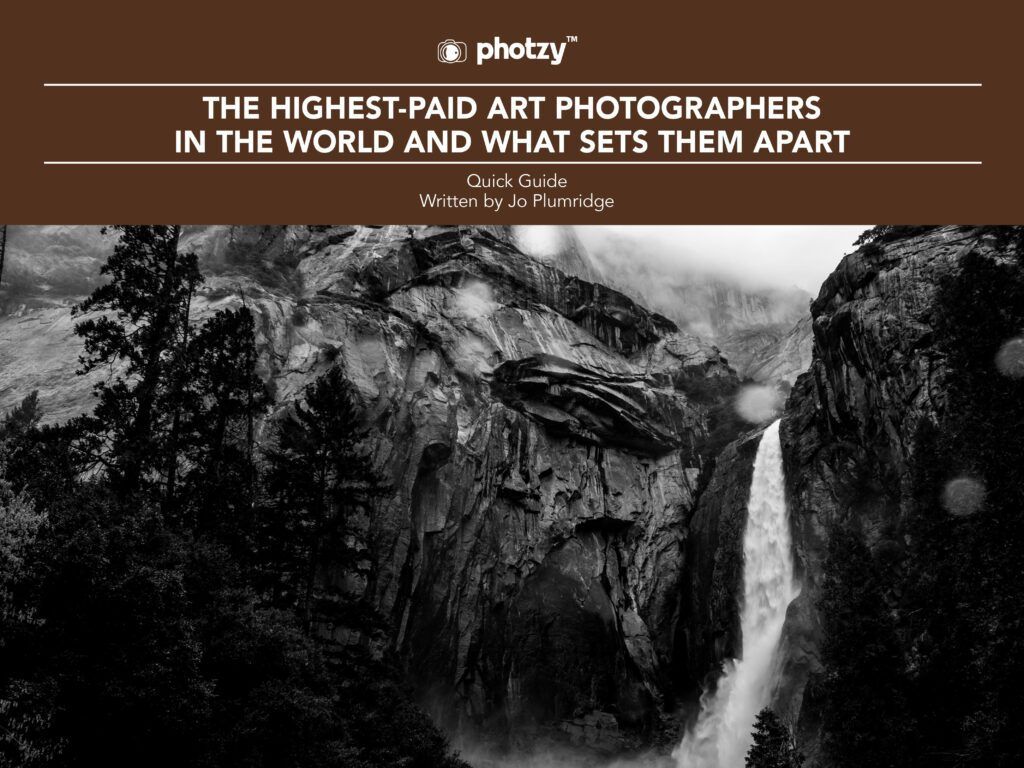
No comments:
Post a Comment
Note: Only a member of this blog may post a comment.